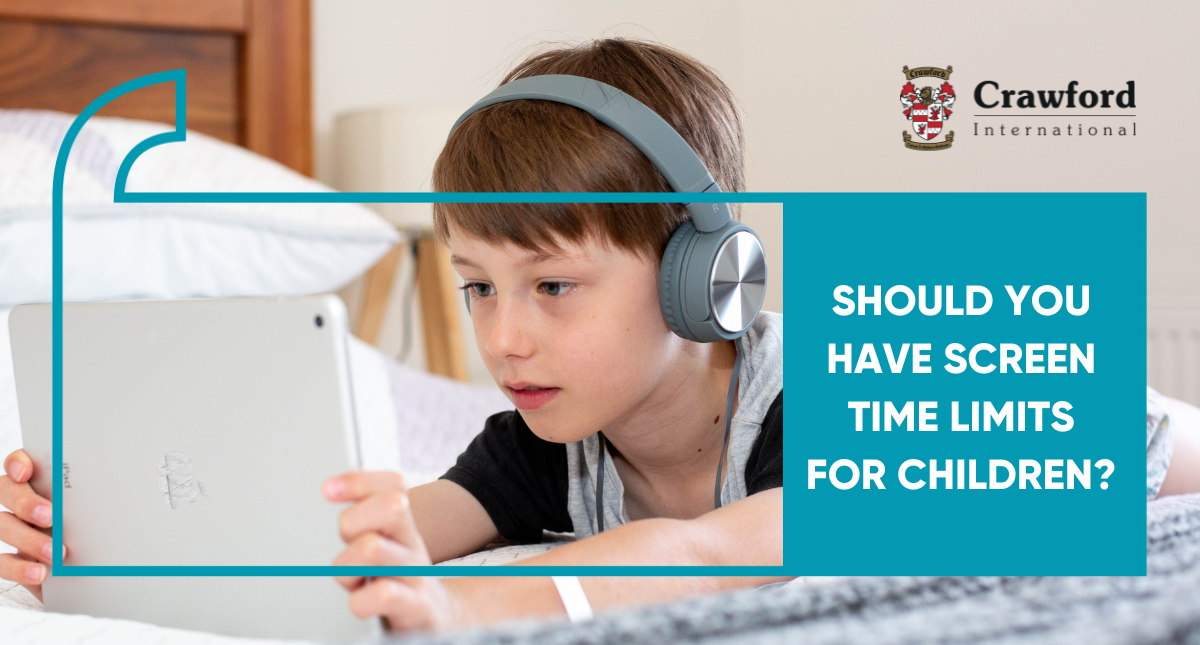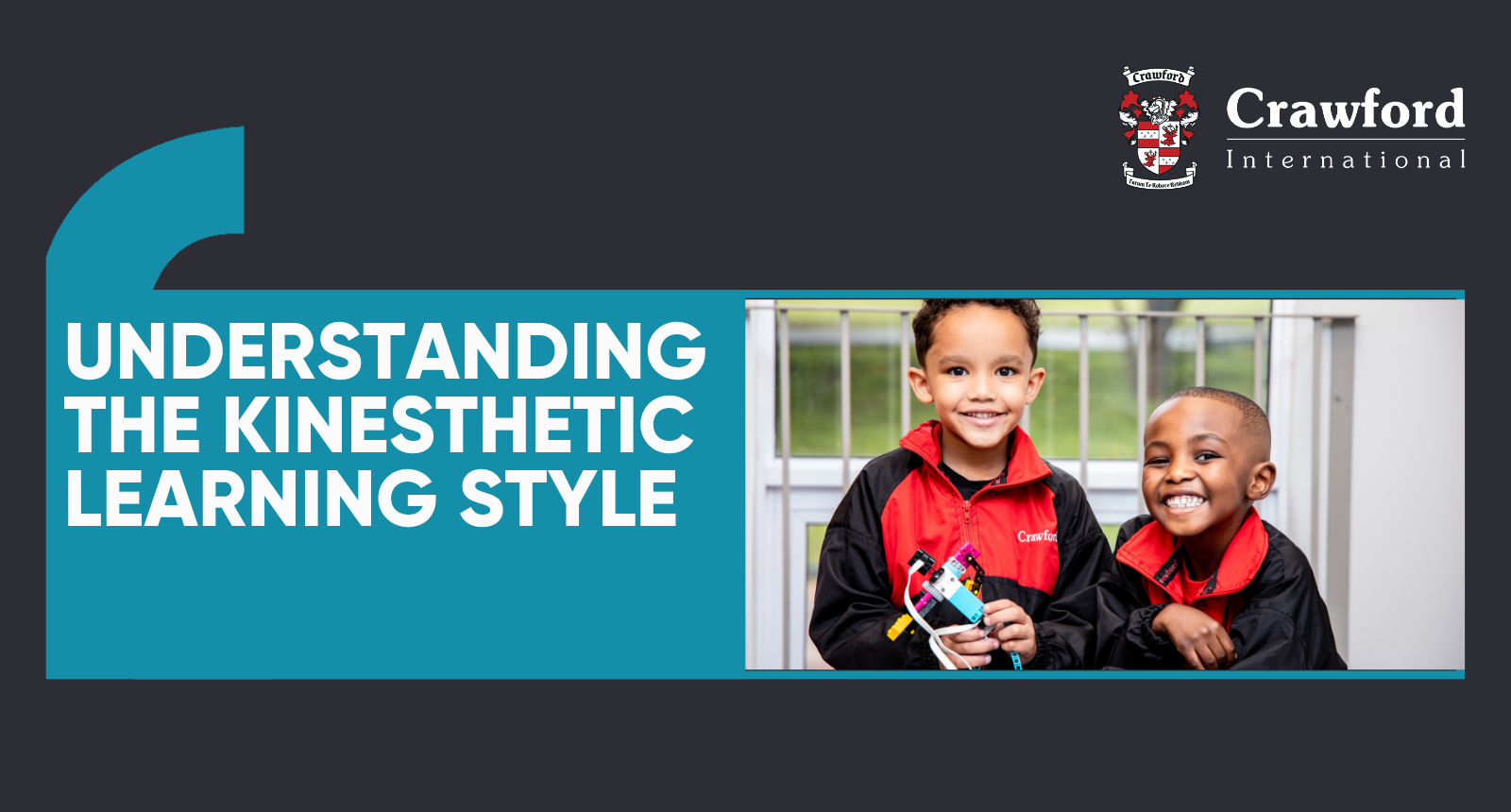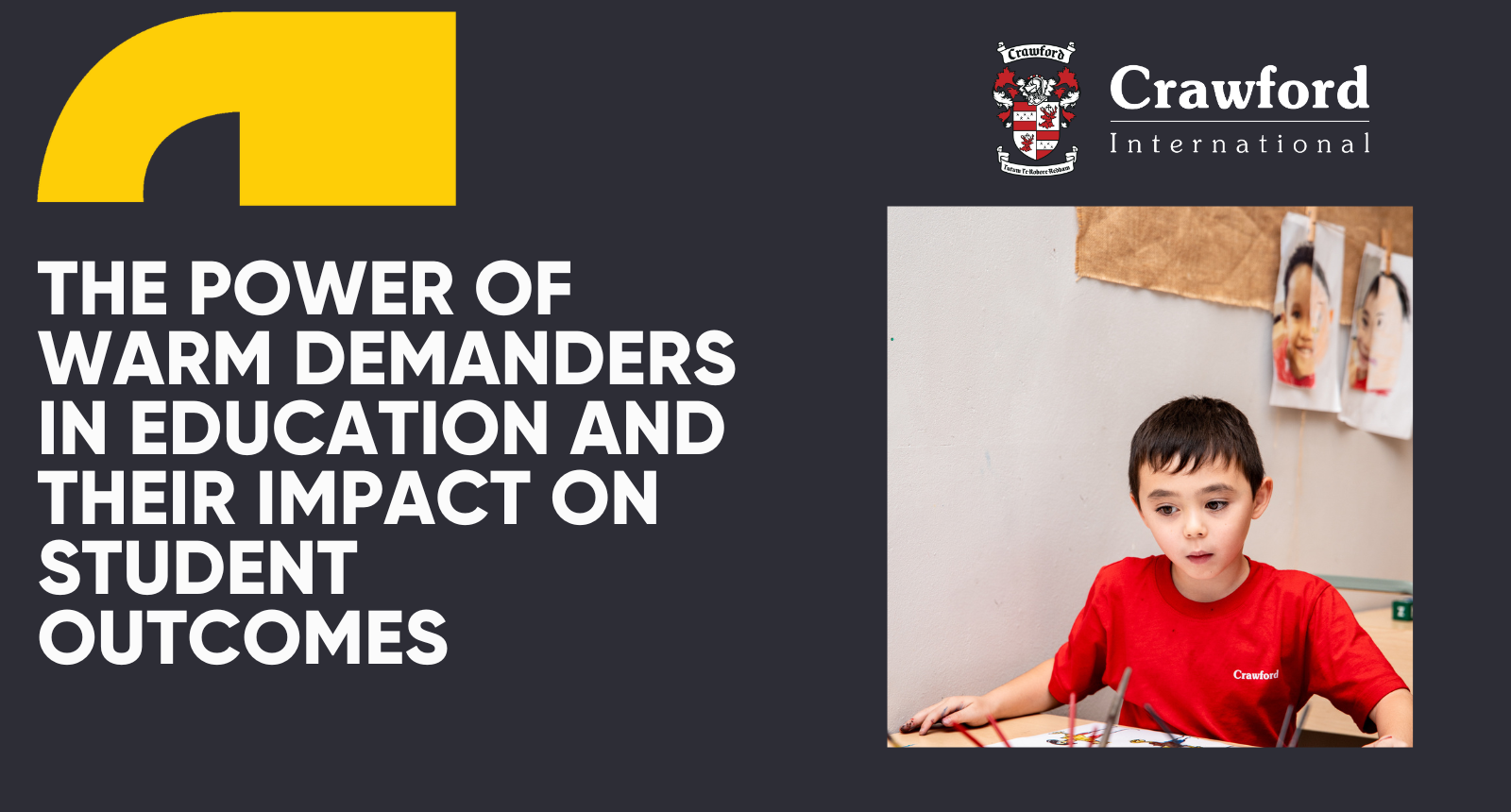Should You Be Setting Screen Time Limits For Children
Conversation Lab • November 11, 2022
How much screen time is too much, and should I set screen time limits for my child?

There are no ifs, ands, or buts about it; between remote working, streaming our entertainment, socialising virtually, and even reading books, we are all spending more time glued to electronic screens than ever before. And our children are too. It’s no wonder that so many of us are asking ourselves: how much screen time is too much, and should I set screen time limits for my child? The answer isn’t as straightforward as you may think.
Yes, too much screen time can have negative effects on our kids, but we live in a digital world that is only going to become more reliant on electronics and technology to function—we can’t simply take the screens away. So, the answer to that question is all about finding the right balance in setting screen time limits and exposing your children to healthy electronic and online habits that help them learn and develop new skills.
What is too much screen time?
What’s the big deal, right? We all grew up with TVs blaring front and centre of our living rooms. And now, digital devices are a ubiquitous element of daily life. Well, as the time and attention our children spend staring at screens increases, so too do the emotional and developmental effects. Excessive screen time and its accompanying instant gratification also impacts how children communicate and interact with the real world.
There are pros and cons to screen time in the digital age and it’s all about setting healthy boundaries. Experts recommend setting screen time limits by age:
- Under 2 years: As little screen time as possible, and if they do take part in a screen-based activity (like video chatting with friends or family) you should be participating in it with them.
- 2 to 5 years: No more than an hour a day, focussing on activities that involve high quality content and while co-viewing with a parent or sibling. Think about interactive, non-violent, educational, and positive programmes and activities.
- 5 to 17 years: Limit it to two hours of downtime screen time a day (so, screen-based activity that does not involve homework). As your child gets older, you can develop a screen time plan with them.
Types of Screen time:
Recent thinking also points to some types of screen time being better than others. For example, a lot passive viewing where a child just stares at the screen and isn’t required to do any thinking or physical activity can be problematic.
Learning programmes, video chatting with friends and family, creative apps, and physical games all fall under what’s considered as active screen time. These are screen-based activities that aid cognitive thinking and even physical activity in some way, encourage participation, and make learning fun.
Steps you can take
The bottom line is that screen time should never replace human interaction – we should be playing with our children, letting them play with others, spend time moving their bodies and exploring their worlds. And if your feel like your children are spending too much time staring at digital devices, here are some ways you can enforce screen time limits in your family:
- Healthy screen time habits really do start with you. We are our children’s greatest teachers, so if they see us glued to our screens 24/7, that’s what they’re going to consider normal. So, let your children see you using your devices in ways that aid and augment real life – think of ways your screen time can help you develop new skills, keep in touch with other and collaborate on projects, using fitness trackers and wellness apps, etc. Essentially, make sure that you, firstly, limit your screen time, and then that you engage in active screen-based activities as a model for your kids.
- Set device-free zones and times in the home – areas and periods of time where no one is working, watching, or playing with a screen. Think of making bedrooms, mealtimes, and homework time as ‘no screen time’.
- This will also help you keep an eye on your child’s screen consumption and online activities. Be sure to keep conversations going around online safety and the real-world impact of screen time with your children.
- Similarly, instil a ‘power down’ rule at least an hour before bedtime as a way to calm everything down and to limit sleep-disrupting stimulation.
- You could also use parental controls on your devices to block certain channel, websites, and apps. There is always the chance of your children coming into contact with harmful or inappropriate content in a digital age, but you can take measures to avoid this.
Read more informative Crawford International blog articles here.












